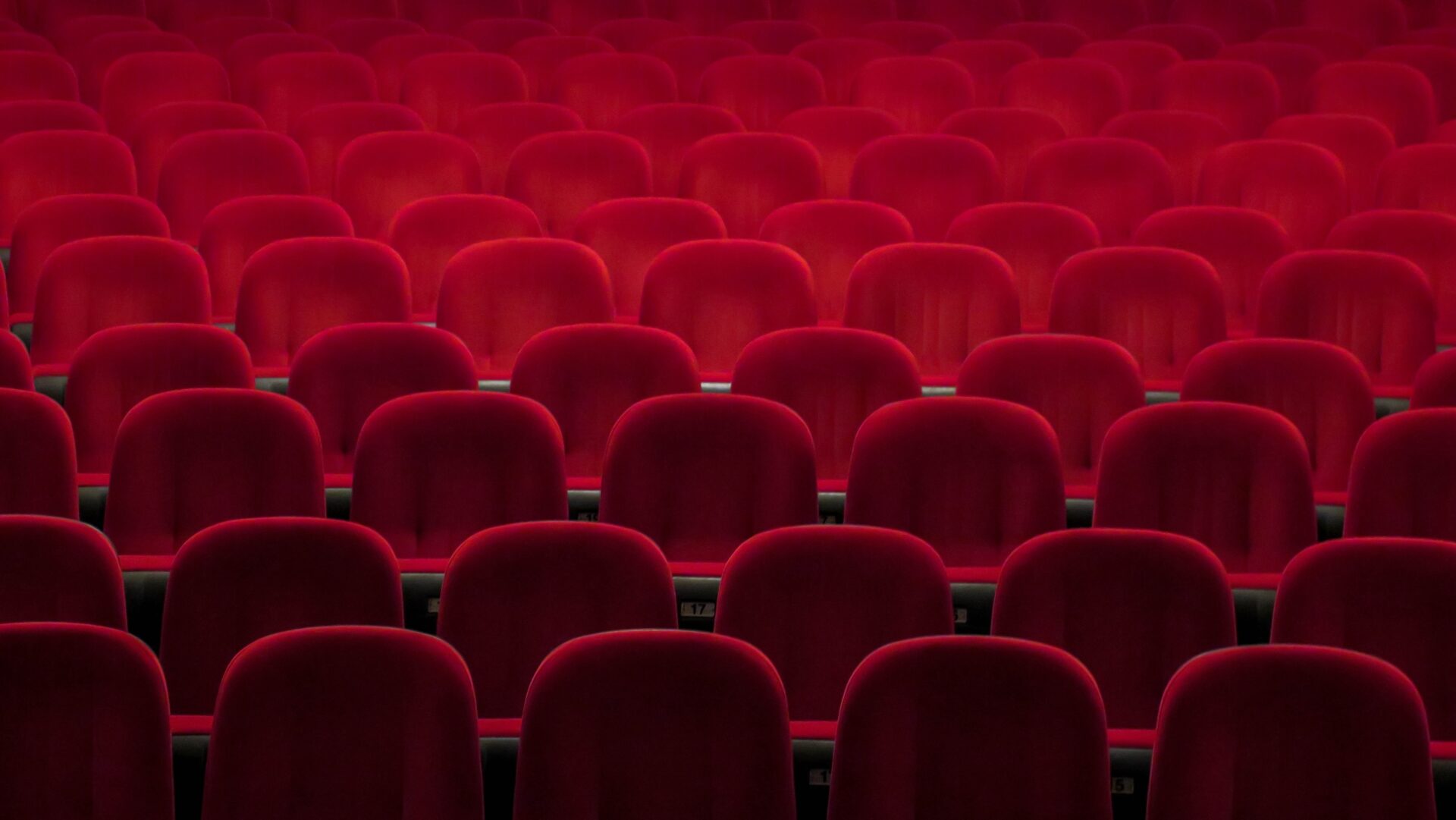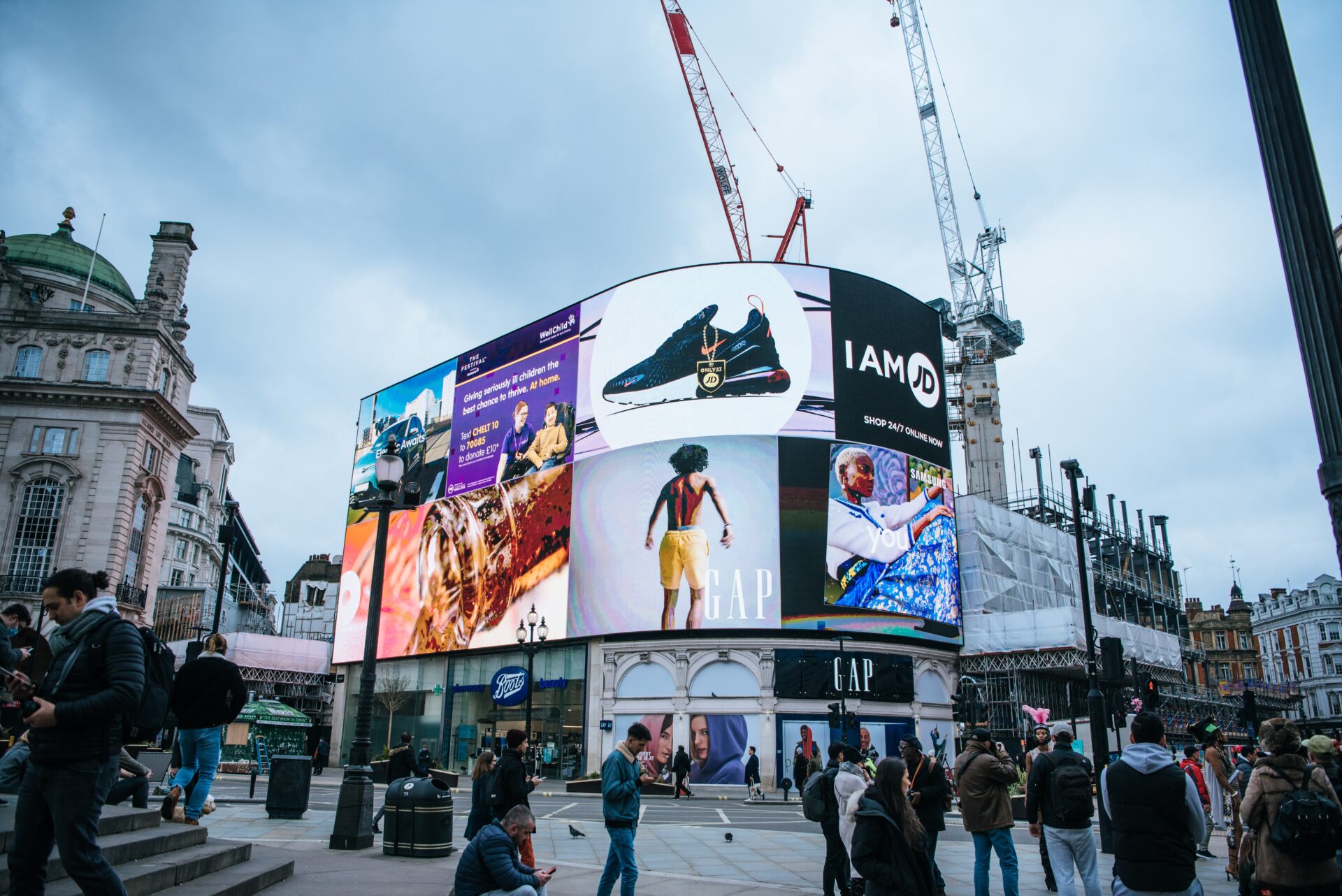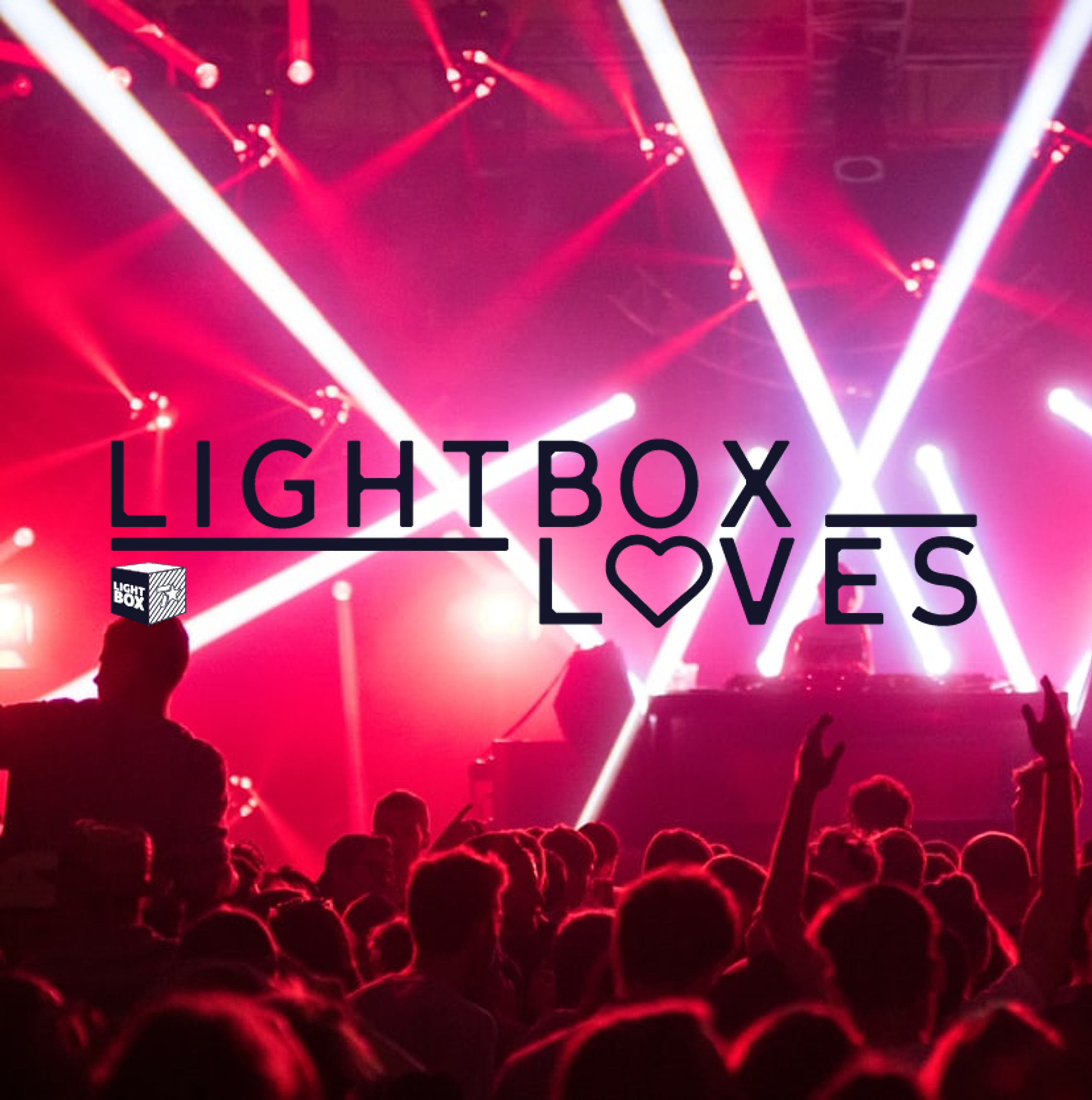
Is August too early to be talking about Christmas? A quarter of Brits don’t think so. 25% of shoppers turn their attention to planning Christmas shopping by the end of the Summer, with August seeing the volume of Christmas related Google searches double month on month. The early opportunity in this time varies by industry and audience but if consumers are thinking about Christmas, so should brands and retailers.
eBay reported that sporting goods, as well as toys and games, are the two categories of gifts that start seeing the earliest research, with electronics and clothing shopping peaking later potentially due to the timing of the mega-sales period around Black Friday. With 13% of adults (7 million people) planning to splash out more than normal this Christmas, there is an increased revenue opportunity from gifting than previous years. This makes it beneficial for brands to speak to the audience that gift their products when they begin their research.
With newly formed shopping habits emerging over the last 18 months, marketing teams will not only want to think about who is shopping for their products as gifts, but where they will be shopping. the7stars quarterly tracking study found that Brits plan to shop online more than previously for media products (books, music, games etc.), clothes and electronics, whilst grocery and beauty are more likely to be shopped in store. The increased intent to shop online is being driven in most categories by those aged 35 and over, mirroring where the growth in online shopping came from during the pandemic.
Regardless of whether you’re a Christmas fanatic or a more of a scrooge, the marked increase in intent and research that is being seen this Summer means it’s certainly not too early for brands to be implementing plans to gain the attention of shoppers this coming holiday season.
– Ben Lovett
Sources
https://www.ebayads.com/wp-content/uploads/2021/08/eBay_ads_christmas_report_2021_F.pdf
Kantar
Googe Trends
https://business.pinterest.com/en/content/holiday/
The7stars QT August

At the end of July, Scarlett Johansson began the process of suing Disney after her superhero film Black Widow was released on streaming services at the same time as its cinema release.
Although it set a box office record for a film released during the current pandemic, grossing $218m in its first weekend, receipts then fell sharply and Johansson argued this was because people were able to watch it on Disney+, therefore depriving her of potential earnings and breaking contractual promises which had been made to her.
While Disney defended itself and claimed it had not violated Johansson’s contract, the saga is just the latest example of how powerful streaming services have become, and how traditional film outlets may have more than COVID-19 keeping them up at night.
The streaming industry was one which benefited hugely from the pandemic, with millions of people being forced to stay in their homes. Netflix reported that in Q2 2020, at the height of the first wave of the pandemic, it gained 10 million new subscribers in just three months. Similarly, Disney+ launched in the UK in March 2020, perfectly in time to swallow up droves of viewers in search of new content.
Signs that streaming platforms could garner significant returns on films bypassing theatrical were already there. In spring 2019, a whole year before the pandemic, Murder Mystery, a Netflix original starring Adam Sandler and Jennifer Aniston, was viewed in over 30 million Netflix accounts in its first three days of release – a phenomenal figure by any stretch but even more so if converted into equivalent box office numbers.The enforced closure of cinemas during lockdown gave the major studios a golden opportunity to experiment with straight to streaming themselves, which Disney did with Mulan (Liu Yifei) and Soul (Jamie Foxx & Tina Fey), and then with the simultaneous release on streaming and theatrical (“Day and Date”) of Black Widow itself. If Day & Date can be made to work for the studios, this would seriously weaken the leverage cinema chains leverage over their share of the box-office.
However, there are clear signs that Day & Date is not necessarily working for the studios resulting in a weaker overall return – there is no incremental revenue from the streaming views – whilst the earlier appearance on TV screens is also ushering in an increase in piracy. The financial model has definitely changed but theatrical releases and cinema itself look set to still be with us for the foreseeable future.

Despite the impact of the pandemic on media consumption, podcasts have been somewhat ‘pandemic-proof’. Following an initial dip in podcast consumption in early 2020 – reflective of a shake-up of consumers’ regular routines, where they no longer needed to fill the silence of their daily commutes – loyal listeners soon found the time in their new routines to re-engage.
Whilst radio still tops the ranks for most popular audio source, there are 14.6m podcast listeners in the UK and growing, with 25% considering themselves ‘regular’ listeners. And with the majority having only listened for 1-2 years, that tally is only set to grow – to an estimated 16.8m by 2024.
Self-reported surveys show podcasts to be a highly effective media channel. In one such Nielsen study, 62% of listeners correctly recalled a podcast ad, with the same proportion considering the product as a result. Thus, podcasts attract an audience which is highly engaged, attentive and curious – all while maintaining a relatively low cost of entry both for publishers and advertisers.
In the UK and globally, podcast audiences skew male, 16-44, and with an above-average income. They are highly engaged and loyal to their favourite podcasters, but also diverse in their consumption, with 40% admitting they consume more podcasts than they did when they first started listening. Podcasts are also successful in driving time spent, with the average listener completing 80% of an episode – substantially higher than YouTube’s 50% viewer completion rate.
Taking this into consideration, podcasts appear to be a no-brainer for brands. However, until recently, the ability to target specific and often complex audiences has been a difficult task.
Whilst we know that podcasts garner a loyal following, gaining a more granular audience understanding with effective channel measurement has proven complicated. Recognising this challenge, leaders in the digital audio market have long searched for ways to make buying and measurement more seamless. Tech giants Apple and Spotify are pioneers in this space, looking to create a programmatic inventory that would enable the buying of audiences in aggregate.
In a bid to become the world’s largest audio platform, Spotify are investing heavily. By leveraging data and analytics in order to grow the monetisation of their ad ecosystem, Spotify have recently acquired Gimlet Media, Anchor and – critically – Megaphone. Through a partnership with Nielsen, Megaphone has unprecedented access to that golden nugget of audience data. This will allow Megaphone and, in turn, Spotify to use Nielsen data to target podcast audiences.
For the first time, podcast measurement can move away from monitoring downloads only, and towards a more platform-agnositc, real-time view of listener behaviour and interests. This offers not only a lucrative prospect for brands, but a more personalised and engaging experience for the listener. As they become easier to buy and measure and more embedded into consumer lives, podcasts are becoming one of the most effective media channels for agencies and brands alike.

Some brands are so universal that it raises the question of whether they even need to spend on advertising. Many people claim that they are not influenced by ads at all and, once brand loyalty is established, it’s a tricky task to get consumers to change their behaviour.
The difficulty in understanding the impact of turning advertising off is that few studies have been conducted; those in the industry are more focused on the effectiveness of their media. In the past, some studies have been conducted looking at pausing TV advertising, with findings suggesting a 50/50 chance of sales decline, but the majority of these focused on established brands.
The Ehrenberg-Bass Institute for Marketing Science has now released a report examining brand sales once advertising is halted. The study looked at the media spend and sales of 70 brands in the Australian consumer goods category over 20 years. Of these, 57 cut media for a year or longer. The initial results showed that stopping advertising for one year led to a 16% sales drop; two years saw a 25% drop and three years a 36% drop.
However, within these averages there is significant variation. Therefore, the study split the brands into small (<250k units), medium (250k-1m units) and large (1m+ units). Given that the larger brands will have greater mental and physical availability, we would expect them to be more resilient once advertising stopped. Indeed, the study found that big brands were fairly stable after a 2-year advertising pause. Medium and small brands both saw a more marked decline in sales.
The data also differed depending on the brand’s stability. Stable brands saw a substantial decline after 2 years with no advertising. Brands that were growing had very different results depending on their size. Big and medium brands continued to grow for 1-2 years, whereas small brands immediately stopped growing and then declined. Unsurprisingly, brands that were already declining dropped off at a faster rate once they stopped advertising.
The evidence shows us that while brands might be tempted to pull advertising, it’s highly likely to have a negative impact on their sales. Mental availability falls if the consumer isn’t exposed to the brand, making them more likely to be swayed by a competitor’s advertising. This is particularly important when we consider that most of any customer base is made up of light buyers. Without these customers, brand growth is impossible. Even large brands will be sacrificing sales growth if they pull their ads.
While some may consider advertising to be a nice “add on”, this study proves it to be an integral part of a brand’s success.

The road less travelled makes for a turbulent ride, so we are creatures of habit, comfortable in the status quo.
In times of crisis, however, humans are very adaptable. When COVID hit, we quickly got used to working from home, and our laptops became windows into our worlds. Of course, there were rogue children photobombing news reports and lawyers’ faces replaced with cat AR in courtrooms, but for the most part, we were okay.
So, when traditional shooting (particularly at scale) became a significant challenge, everyone looked at creative alternatives.
One solution was stock footage libraries. Before the pandemic, these libraries were littered with awkwardly hammy scenarios. Now, with the production world having to pivot and spend time navigating what was now needed to safeguard the health and safety of everyone attending film shoots, sites stepped in erupting with swathes of outstanding material. Thus, a new level of quality, previously inconceivable from stock footage, was born.
Taking full advantage of this, Supernova – the7stars’ in-house creative arm – fulfilled a brief for Penguin Random House in this way, advertising the new book by Lianne Moriarty, author of Little White Lies and Nine Perfect Strangers. By utilising the expanded stock footage libraries, we were able to create a trailer-style film in a quality once unimaginable – by thinking smart, acting fast.
When it became clear that stock wouldn’t cut it for all briefs, the production world pushed ahead with computer-generated imagery. Virtual sets and packshots were created, often using photo-realistic, real-time rendering through the Unreal Engine. A technology once limited to gaming was now being used to produce Lurpak ads; seen on a colossal scale when filming The Mandalorian; and combined with parallax techniques for dramatic effect.
When parts of the world opened up once more, the production community began attending shoots remotely, saving on unnecessary travel costs and, more importantly, on carbon emissions.
And with shoot production the most significant cause of carbon emissions in advertising, each of the above techniques – relatively new to adland – can help us to mitigate that carbon footprint.
The past few years have proven that we can discover new and better ways of working when challenged. Much like virtual meetings, many recent innovations are here to stay, meaning we can work greener, smarter and faster to produce results. As the media industry continues to evolve, such techniques show we can innovate to benefit our staff, clients and, above all, our planet.

When pubs re-opened earlier this year, the UK shed a layer of pandemic stress and got to let loose a little. We saw a slew of ad campaigns around the occasion, including work from Guinness, Tesco and Young’s that reflected our feelings of relief and joy. By contrast, the re-opening of nightclubs has felt lack-luster with comparatively few brands making an *ahem* song-and-dance of the occasion. After its months-long hiatus, has nightlife lost some of its shine?
Perhaps the worry and confusion over Covid-19 safety rules diminished the re-opening excitement. The7stars’ Lightbox Lowdown found that two thirds of 16-34 year-olds aren’t planning on visiting a nightclub anytime soon, and a third of those say it’s because the risk still feels too high. Stronger safety measures will be in place by the end of September though, with all club entrants needing to have had two jabs. Nightclubs like Ministry of Sound are lending a hand by promoting vaccines through their own channels and venues, and London’s Heaven nightclub hosted a temporary vaccine site this month.
Even as the vaccine roll-out progresses, some people feel their clubbing days are numbered. Lightbox Lowdown also found that a third of those 16-34s who will be staying away from clubs say it’s because they have simply outgrown them. Perhaps newfound pandemic hobbies that place a greater emphasis on mental health and well-being will continue to take priority; Research from Draper Tools found that half of 18-34s would rather visit a garden centre than a nightclub.
For the dedicated ravers and clubbers though, the return of nightlife has been a joyous occasion and an opportunity to come back stronger than ever. Nightlife, like all areas of society, underwent some serious self-reflection over the course of the pandemic. Increased conversation around anti-sexual harassment led to the Change the Line Up campaign against the harassment of women in nightclubs, spearheaded by London-based creatives Tom Snell and Dylan Hartigan. They created 90s rave-style posters for an OOH campaign to coincide with the club re-opening.
The nightlife scene also emerged from the pandemic with a strengthened sense of community as artists, venues, fans and brands coalesced to support each other. During lockdown, Defected Records hosted a virtual festival with live music streamed from Ministry of Sound, and created online content with DJs and artists, like Spotify playlists and social media activations. Brands got involved too, with Jägermeister launching its Meister Drop-In initiative, which allowed fans to book nightlife talent for their virtual events. They also created the Best Nights street wear collection, with proceeds going to help artists through United We Stream.
Brand-led initiatives like these will continue to be important as the nightlife industry rebuilds itself, and brands who can lend a genuine helping hand will build authenticity and trust among passionate fans.
Sources: Lightbox Lowdown, Canvas8, Hypebeast, The Drum, The Guardian, Defected Records

With the Olympics now well under way after a bruising finish to the UEFA Euro 2020 Final, we just can’t seem to get enough sport this summer – or can we? Despite Team GB coming 2nd in the 2016 medal table – above China, Russia and Germany – the7stars’ Lightbox Lowdown found that 2 in 5 people say they are less excited about the Olympics this year compared to the previous games. Preliminary UK viewing figures for the Summer Games have then slumped, with the first two days of BBC coverage down a whopping 68% (BARB).
Nevertheless, there are several positive stories emerging that remind us of the Olympics’ unparalleled ability to bring people together and to boost worldwide interest in sport and morale – of why it is indeed, the greatest show on earth.
One of these of course being the string of gold medals for Team GB, which may yet reignite the nation’s interest in this year’s tournament. Tom Daley’s win (not forgetting diving partner Matty Lee!) is a timely reminder that Britain’s current and future sporting champions and role models are diverse, empathetic, and outspoken. Beamed live to Chinese and Russian audiences (both countries where same-sex marriage is illegal), Daley spoke about his achievement as a gay man, and emboldened young LGBTQ+ people to be proud of who they are – and that they can achieve anything.
There have also been several inspiring brand activations which have championed sentiments that chime closely with Daley’s uplifting message. Channel 4’s “Super. Human” campaign for the Paralympic Games explores the daily trials and tribulations of Paralympians pursuing their dreams of being crowned Paralympic champions – with a focus on the ‘human’ aspect opposed to the ‘super’ aspect. Another is from the Olympic’s very own International Olympic Committee, which released a short film titled “What Agnes Saw”, the story of the oldest-living Olympian Agnes Keleti. Before her eyes we see the world and humanity develop, before closing with an image of the youngest-ever British Olympian, skateboarder Sky Brown, reminding us of the moments of joy, hope and inspiration that occur when the world comes together for the Games.
With the Olympics yet to finish and the Paralympics due to start later this month, brands can still connect with audiences that are looking for joy and togetherness by taking note of the inclusive and empathetic behaviours demonstrated not just by brands, but by our very own champions too.
– Ewan Goode
Sources: BARB, Lightbox Lowdown



Recent Comments